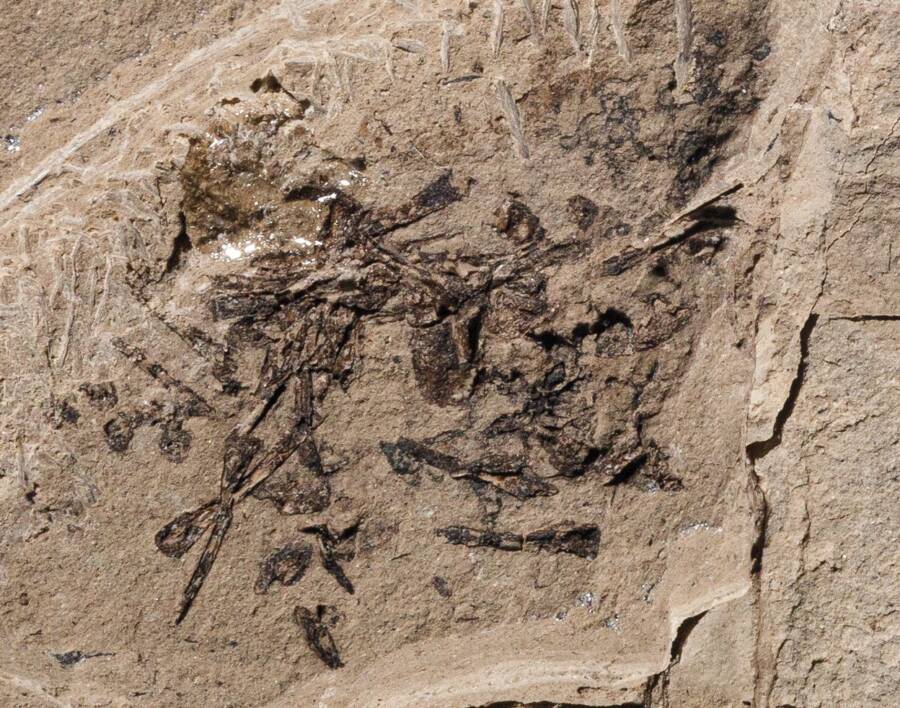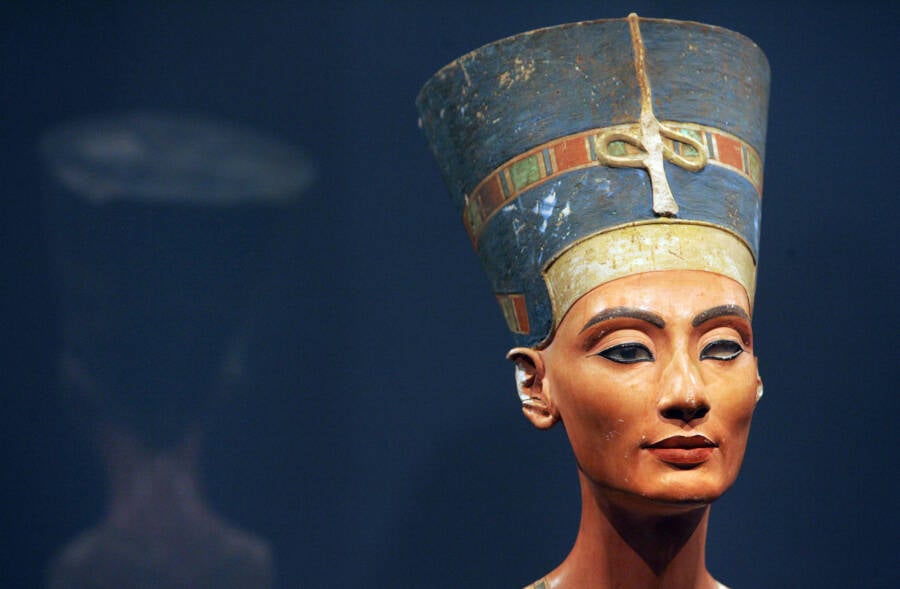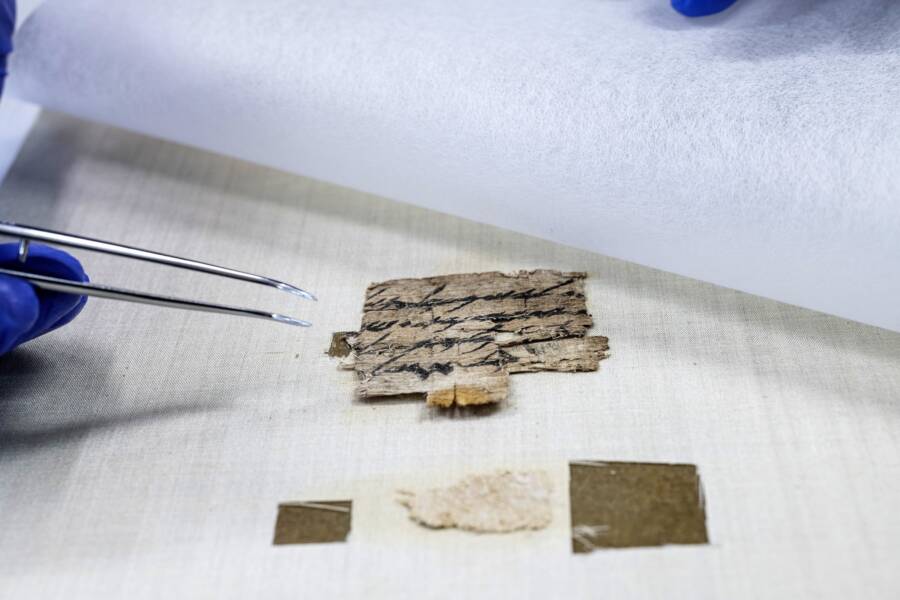Jurassic vomit unearthed in Utah, possible tomb of Queen Nefertiti found in Egypt, Dead Sea Scroll fragment located in Montana.
Paleontologists Stumble Upon A Mass Of 150-Million-Year-Old Vomit From A Jurassic Predator In Utah

J. R. Foster et al./PALAIOSKnown as regurgitalite or bromalite, prehistoric vomit like this has only been found a few times in history, and never before have researchers uncovered a Jurassic sample anywhere in North America.
A long span of sedimentary rocks that stretches across Utah, the Morrison Formation is so rich with the remains of dinosaurs and prehistoric vegetation that it’s become known as the “Jurassic salad bar.” And when researchers were digging there in 2018, they found a small pile of bones that simply looked like the remains of a frog or a salamander from the time of the dinosaurs. But when they took a closer look, they realized it was something much more unique — and disturbing.
The collection of various bones didn’t go together and also appeared to have been digested, yet not fully. What paleontologists soon discovered is that they were looking at a pile of 150-million-year-old vomit. Known as regurgitalite or bromalite, prehistoric vomit like this has only been found a few times in history, and never before have researchers uncovered a Jurassic sample anywhere in North America.
Discover the full story behind this historic find here.
Renowned Archaeologist Claims That He May Have Found The Lost Mummy Of Queen Nefertiti

OLIVER LANG/DDP/AFP via Getty ImagesA bust of Queen Nefertiti.
A renowned archaeologist in Egypt has made a startling claim — that he’s finally found the lost mummy of Queen Nefertiti. “I’m sure I’ll reveal Nefertiti’s mummy in a month or two,” said Zahi Hawass, a prominent Egyptologist and the former Minister of State for Antiquities Affairs in Egypt.
Hawass has been excavating ancient tombs in Egypt for decades. During his most recent search, which started in December 2021, he identified two nameless mummies, one of which could be Queen Nefertiti, the mother of King Tutankhamun.
Dig deeper in this report.
A Lost Fragment Of A Dead Sea Scroll Was Just Discovered — In A Montana Living Room

Israel Antiquities Authority/FacebookAnalysis of the fragment confirmed that it dates back to the late seventh or early sixth century B.C.E.
A lost fragment of the Dead Sea Scrolls has been found in an unlikely place — Montana. For almost 60 years, it hung in the home of an American woman who’d acquired the treasure during a trip to Israel.
The parchment — which epigraphical analysis as well as carbon-dating revealed was from the late seventh or early sixth-century B.C.E., toward the end of the Kingdom of Judah — bears a simple, cut-off message. Addressed to or from “Ishmael” and written in ancient Hebrew script, it reads, “Don’t send to …” and, “of no help.”
Read on here.





